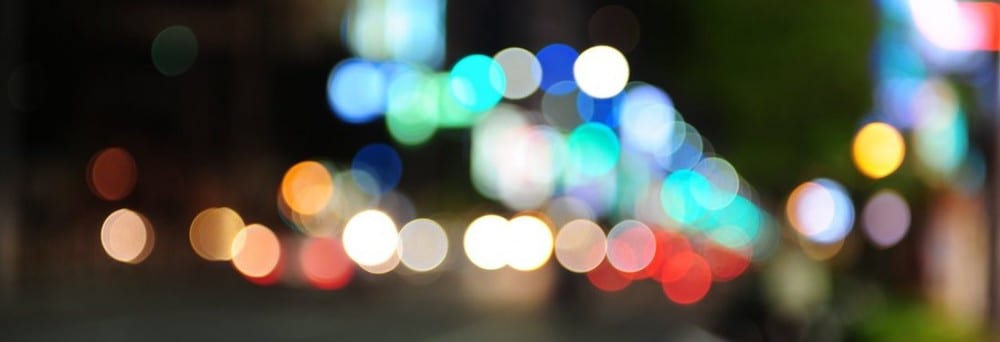We took to Lincoln high street to experiment with some of our slogans to entice social interaction, we got a good variety of responses to the signs and it made it clearer which signs will be good to use in our final performance. We tested the signs; “Can we hug?”, “Can I compliment you?”, “Can we high-five?”, “Can I help you?” and “Can I lend an ear?”. The latter two being the worst received as the public did not seem as if they wanted to interact with us whilst holding these signs, whereas with the first three we had a lot of reactions and interactions. When holding the “Can I compliment you sign” I personally had a great reaction from a member of the public, a man came up to me and asked what I was doing because he had been watching us with a few of the signs, I explained what we were doing and he said “I don’t normally go out of my way to talk to people, but you really interested me and made me want to talk to someone new” he was impressed with us and then he left smiling. We also managed to get a lot of high fives and hugs from various people as they walked through the high street. Sadie Plant states that the “[situationist] movement stands in a less distinct line of pleasure-seeking, libertarianism, popular resistance and autonomous struggle and its revolutionary stance owes a great deal to this diffuse tradition of unorthodox rebellion.” (Plant, 1992, P.1) By creating the interaction in society we feel as though we are part of the situationist movement mainly partaking in pleasure-seeking and libertarianism as we are liberating society from social norms and also just trying to make people feel that little bit happier.
We tried our signs on two separate occasions, on both days we got a wide range of reactions, on the second day we had a lot more people hug us, 3 separate people told us that we had made their day in doing so. One lady after hugging me and me complimenting her then asked if she could compliment me and told me she loved my earrings! By getting these responses in such great variety we are able to see that using these 3 signs on our final performance day would be highly successful in breaking society out of their everyday routines of ignoring and being unaware of the people surrounding them. We our now developing a fourth sign to use as the other two we prepared did not work in reaching out to the public, when decided on our final sign we will then take to the high street again to test the response we get from this final sign.

